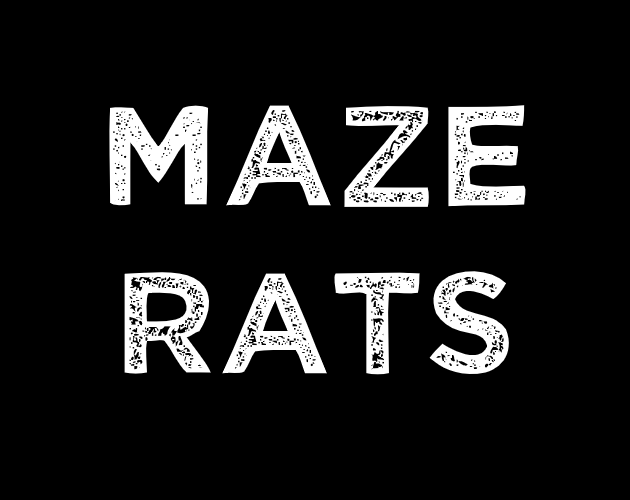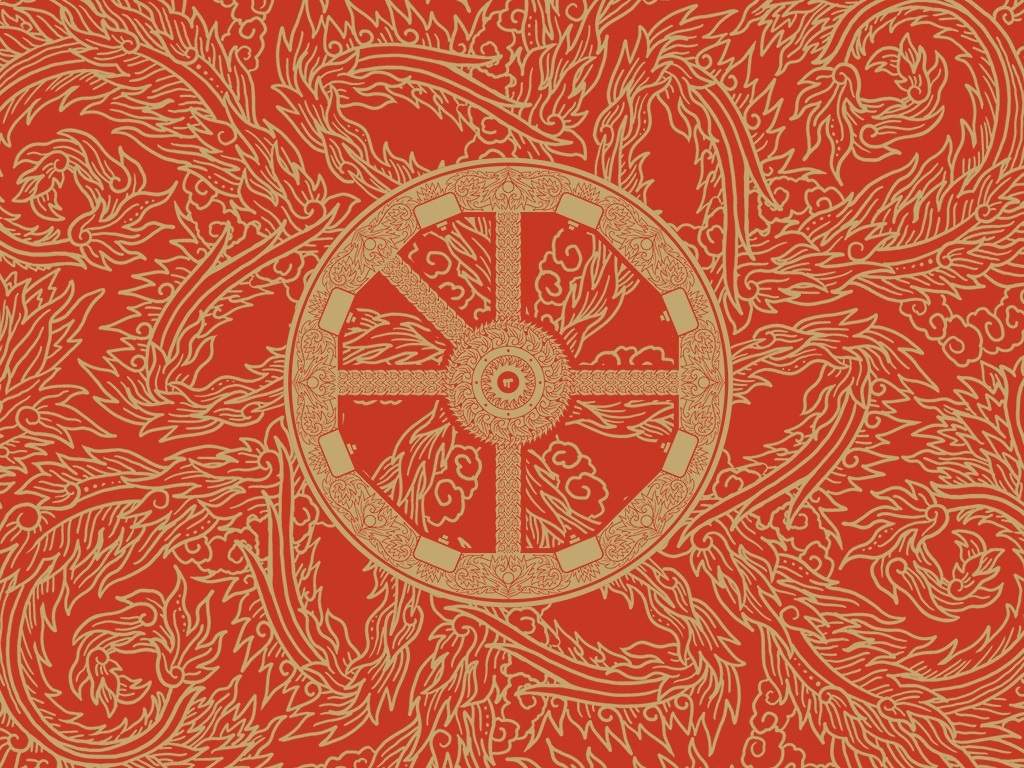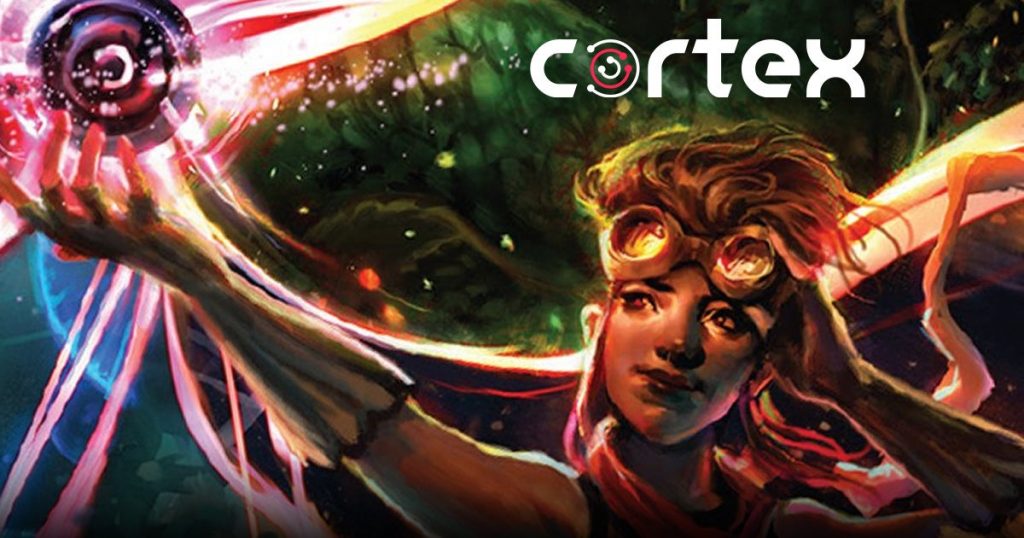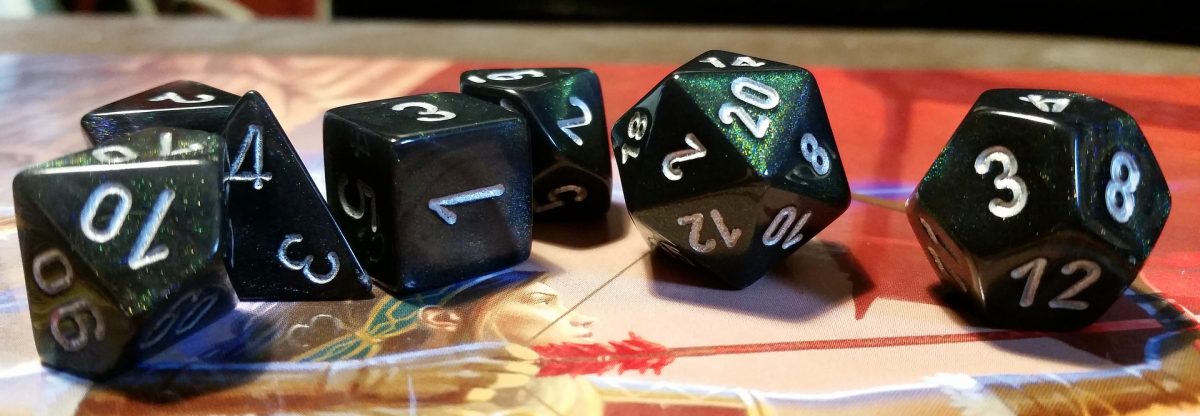This seems like something every RPG talker-abouter is talking about right now. First there was Matt Colville and Amy Vorpahl’s video, then Zee Bashew’s video, then Matt Colville’s other video, oh and actually there was The Dungeon Newb’s video a bit earlier and it’s all over RPG Twitter, oh and of course a lot of this is referring back to Dicebreaker’s video from two years ago…
Man, remember 2019? Me neither.
Anyway, if everyone else and their dog is going to talk about this, I might as well get in on it as well. But this isn’t about non-D&D RPGs I love. Instead, it’s about a few specific RPGs that I haven’t played yet but am interested in, starting with…

Maze Rats, the brainchild of YouTube’s own Questing Beast is, in the author’s own words, “an RPG and sandbox toolkit for old-school-style adventuring.” It’s a super rules-light OSR game with a heavy focus on random tables, which it makes the best use of I’ve ever seen.
When I say “rules-light,” I’m not kidding. It’s 12 pages long, uses only three stats (Strength, Dexterity, and Will) and approximately 2/3 of the “book” is nothing but random tables. Character creation and how gameplay works take a grand total of two pages combined. You can play the whole game with two six-sided dice. It’s hardly more content than a GM screen, but it manages to get some great mileage out of that featherweight page count, for instance, my favorite thing about it: the magic system.
There are six tables for Forms, Elements, and Effects, both Physical and Ethereal. If your character has an open spell slot at dawn after resting for the night, roll two dice to pick a combination of two of those tables, then roll on the tables themselves. Here are a few examples I got:
- Terrifying Sap
- Petrifying Memory
- Disgusting Ember
Those are your spells. What do they do? That’s up to the GM and the player to figure out. Perhaps Terrifying Sap lets you secrete a resin that sticks enemies in place and makes them quake with fear. Petrifying Memory? Maybe it imprisons the target in a time-loop constantly reliving their worst memory. Disgusting Ember? A scorching hot brand sears the target’s flesh, and the foul smell of their burning skin roils the stomachs of everyone nearby!
The coolest thing about this system is that when the character casts the spell, it’s gone forever. The next time they fill that spell slot, they roll again and will probably get something totally different! There are over 15,000 different possible spells, so getting the same one twice is highly unlikely. And if something goes wrong with the casting, you’ve got tables of mutations, insanities, and catastrophes to really make the magic feel wild and uncontrollable, as any force better not meddled with ought to feel!
I’m really looking forward to throwing together a one-shot of Maze Rats and seeing just how well this stuff works in practice. If nothing else, this is the only RPG I’ve ever read which I was able to fit in my head all at once, which is one thing I definitely cannot say for this next game.

The Burning Wheel is the War and Peace of tabletop RPGs. This monstrous, nigh-inscrutable tome has a reputation for complexity and unwieldiness that is the result not of absurd Gygaxian language or deliberately obtuse design, but simply of the scope and complexity of the game.
It reminds me of functional programmers’ tireless quest to find an easy way to explain monads, or the way my brain turned in on itself over and over trying to grasp Hegelian dialectics. Some ideas are just complex, and there’s simply no substitute except to sit down, take a deep breath, and #dothereading.
Of course, The Burning Wheel isn’t anywhere near as complex as those things just because you have to spend three different kinds of Artha to have an Epiphany and shade-shift one of your skills from Black to Gray. It’s a lot to take in, sure, but once you get past the baffling language it reveals itself as an elegant and well-considered modular system that metaphorically revolves around characters and their beliefs, instincts, and traits, which drive the action! Get it? Revolves? Drive? Wheel? Why is it burning? I don’t know!
The coolest thing about this game is all the optional modules, like Duel of Wits, which lets you have an argument with all the tactical complexity of full combat, as well as graduated granularity for traditional combat ranging from simple opposed tests to the dice-pool system that is Bloody Versus all the way up to aforementioned full combat system (Fight) and its goddamn worksheet.
The Burning Wheel is something I’ve been wanting to play “for real” ever since I first encountered its distilled essence in the Mouse Guard RPG. It’s a fascinating game that I someday hope to convince a group of people to play, even if they might have to be the kind of people who read scientific journals recreationally.
Last, but certainly not least:

Cortex Prime is “a multi-genre, modular, session-centered roleplaying game” that fully owns every one of those descriptors. Spiraling outward from a very cool core dice pool system is an entire galaxy of roleplaying possibilities facilitated by modular systems designed to snap together to build a game about anything you can imagine.
I referred to The Dungeon Newb earlier and I would be remiss not to mention here that he has an excellent video about how to play Cortex Prime which a friend of mine showed me. Seriously, this guy’s videos are excellent. He needs more love! Go give it a watch!
I love the die step mechanics. It reminds me of Savage Worlds (hey, there’s a bonus 4th TTRPG that isn’t D&D), and the modular design reminds me of The Burning Wheel’s optional modules. I can easily imagine bending this system to my will to create a game that perfectly models the mysterious, unstable tattoo-virus magic of my beloved homespun fantasy world or whipping up something totally bespoke for a one-of-a-kind one-shot.
These are just a few of the games I’m currently super interested in, but I could go on and on about this. My collection of TTRPGs I’ve never gotten around to playing, like my Steam library, grows larger every year. Here’s hoping I can cross at least these three off by this time next year.
